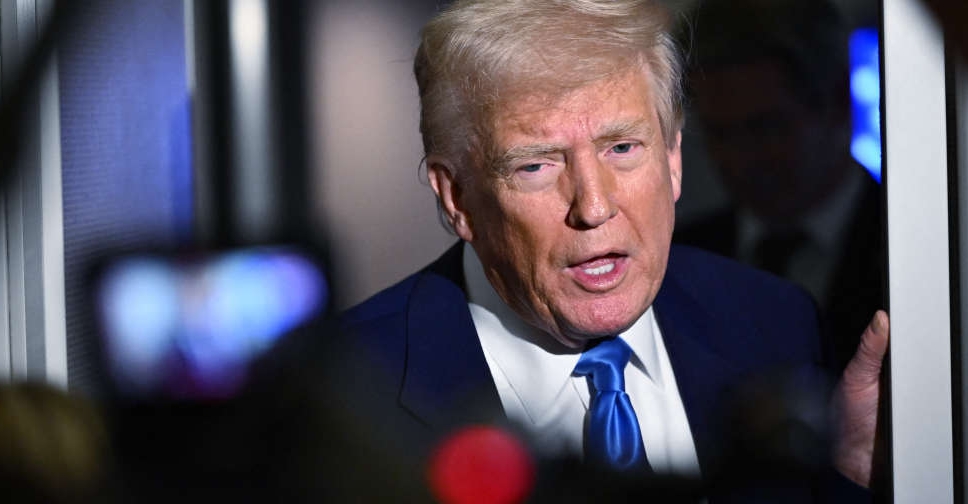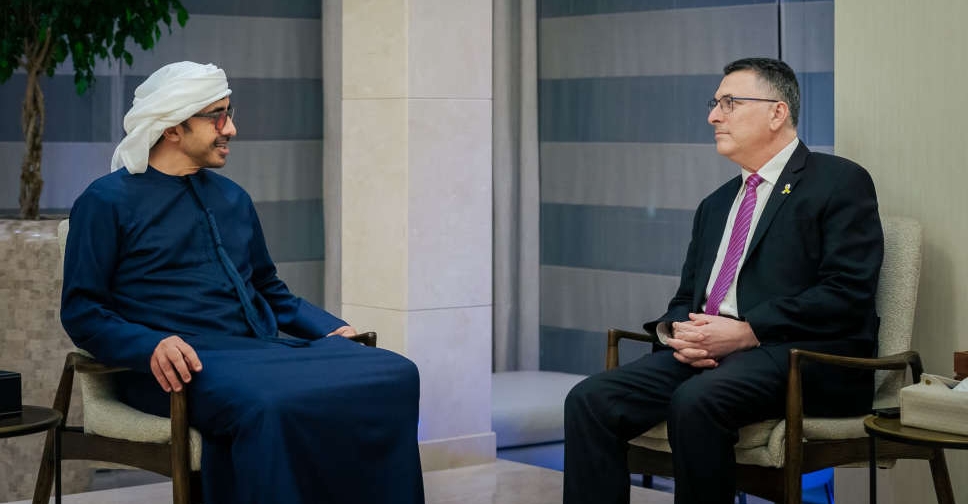
As if Brexit wasn’t enough to worry about, India investors now need to cope with central bank Governor Raghuram Rajan’s impending departure. The rupee, Asia’s worst performing currency this year, slumped to its lowest level in four weeks on Monday, following Rajan’s weekend announcement that he plans to return to academia when his term ends in September. Volatility in the currency also climbed after surging the most since August last week, while Indian sovereign bonds declined. “Clearly investors will not like this and you will see this in markets,” said Sean Yokota, the head of Asia strategy at Skandinaviska Enskilda Banken in Singapore. “Monday will be a tough day for India amidst Brexit.” Since taking office in 2013, the former International Monetary Fund chief economist helped strengthen the rupee, cut its swings by more than half and propelled the nation’s foreign-exchange reserves to an all-time high. Those moves, along with the implementation of an inflation-targeting regime, built India’s credibility with investors and helped it overtake a slowing China as the world’s fastest-growing major economy. The rupee weakened 0.4 percent to 67.3550 a dollar as of 10:31 a.m. in Mumbai, headed for its biggest drop in a week. That took its 2016 decline to 1.8 percent, the worst performance in Asia. The currency is just 2.2 percent shy of its record low of 68.845 seen in August 2013. It dropped to 67.66 earlier, the lowest since May 24. The currency pared losses as the central bank was seen selling dollars, two Mumbai-based traders said, asking not to be identified because they aren’t authorized to speak on the matter publicly. Rajan on Saturday expressed confidence that the policies he helped implement would protect Asia’s third-biggest economy from the sort of sudden capital flight that occurred in the months before he took office, when the Federal Reserve first signaled it would taper its bond purchases. In 2013, Morgan Stanley included the rupee among the “Fragile Five” currencies along with South Africa’s rand, Indonesia’s rupiah, Turkey’s lira and Brazil’s real. “We have worked with the government over the last three years to create a platform of macroeconomic and institutional stability,” Rajan said while announcing his plans to leave office. “I am sure the work we have done will enable us to ride out imminent sources of market volatility like the threat of Brexit.” Rajan plans to remain at the central bank until his term ends on Sept. 4. Finance Minister Arun Jaitley said the government would announce his successor shortly. RBI spokeswoman Alpana Killawala didn’t immediately respond to a phone call seeking comment. Investors will likely remove capital from India and stay on the sidelines in the short term, according to Nikhil Johri, chief investment officer at Trivantage Capital Management India Pvt. in Mumbai. The S&P BSE Sensex has been one of the best performers in Asia over the past month. It rose 0.3 percent on Monday even as the yield on India’s benchmark 10-year sovereign bonds climbed two basis points to 7.52 percent. “Dr. Rajan’s decision will make international investors quite nervous about Indian markets,” said Johri, a former classmate of the RBI governor in the 1980s. “They will now wait for the announcement of his successor and will evaluate the next steps thereafter.” U.K. Uncertainty Uncertainty about the U.K.’s June 23 referendum has cast a pall over the global outlook, spurring risk aversion across emerging markets. While the pound rallied Monday after polls showed a swing toward the ‘Remain’ campaign, a gauge of the rupee’s one-month implied volatility jumped 43 basis points to 7.11 percent. Global funds reduced their holdings of local-currency government and corporate debt this year by 102.5 billion rupees ($1.5 billion). That compares with inflows of 505 billion rupees in 2015 and 1.7 trillion rupees in 2014. The campaign to keep the U.K. in the European Union led in the first opinion poll fully conducted since Thursday’s slaying of lawmaker Jo Cox. Polls had shown mounting support for withdrawal from the EU in the week before her death. Rajan lured inflows of about $34 billion through discounted foreign-currency swaps. He also sought to build a war chest to help defend the rupee from global shocks, with about a fourth of India’s foreign-exchange stockpile being added during his term. War Chest In December, Rajan set banks a March 2017 deadline to clean up their balance sheets in a bid to reduce bad loans that are at a 15-year high. Even with Rajan leaving, India’s world-beating economic growth and improvements to its current-account and fiscal deficits have made it an attractive investment destination. Solid carry returns will also keep investors interested in India, according to Aberdeen Asset Management Plc and Pacific Investment Management Co., which oversees about $1.5 trillion in assets globally. “Rajan took a whole host of measures that hugely improved the RBI’s credibility, there’s no doubt at all,” said Himanshu Malik, a strategist at HSBC Holdings Plc in Hong Kong. “There will be a negative knee-jerk reaction but given India’s higher growth, positive reforms potential and high carry, it will be an attractive destination for foreign investors.” By Kartik Goyal/Bloomberg



 Britain to relax EV targets as automakers reel from tariffs
Britain to relax EV targets as automakers reel from tariffs
 Trump's tariff 'medicine' injects turmoil into global markets
Trump's tariff 'medicine' injects turmoil into global markets
 UAE, India, Sri Lanka sign deal to develop Sri Lanka into energy hub
UAE, India, Sri Lanka sign deal to develop Sri Lanka into energy hub
 EU seeks unity in first strike back at Trump tariffs
EU seeks unity in first strike back at Trump tariffs
 UK's Jaguar Land Rover to halt US shipments over tariffs
UK's Jaguar Land Rover to halt US shipments over tariffs



